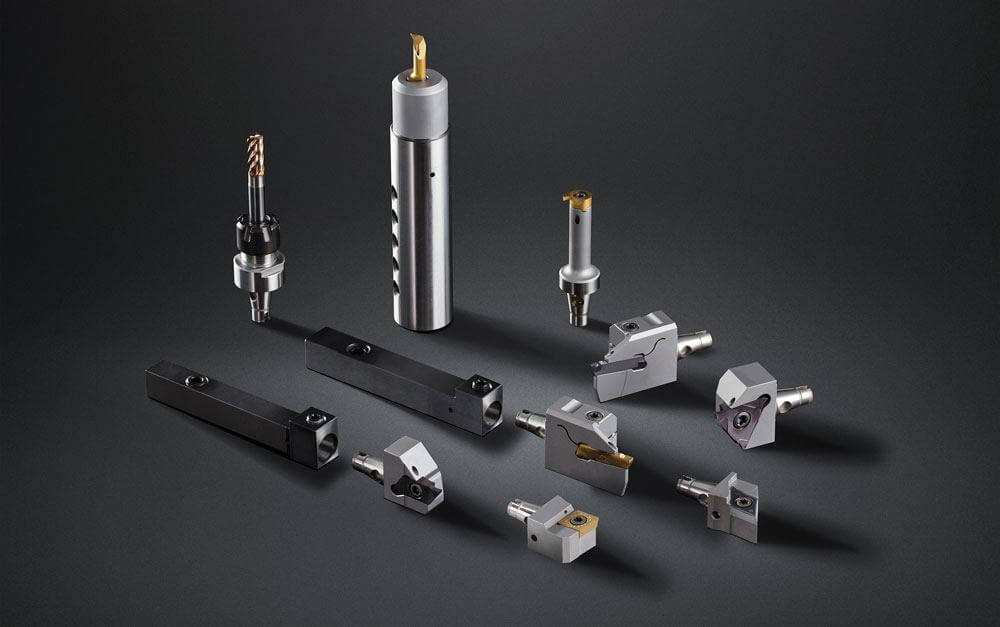Small Part Machining: Precision Engineering of Complex Components
Welcome to the world of small parts machining, where precision engineering meets complex components and accurate metal machining is essential. If you are looking for a comprehensive guide to small parts machining, you have come to the right place.
Whether you are in the automotive, aerospace or electronics industries, understanding the intricacies of small part machining is essential to achieving superior quality and efficiency in your manufacturing processes.
In this article, we will explore the history, types, materials, benefits, limitations and applications of small part machining. Let’s dive into the fascinating world of small part machining.
1.History and Evolution of Small Part Machining
Small part machining has a long history that dates back centuries. In the early days, craftsmen used manual techniques to create complex components.
With the advent of industrialization, machining processes have evolved and the need for specialized equipment and techniques has emerged. Today, small part machining has become an integral part of modern manufacturing, producing complex components with unparalleled precision and accuracy.
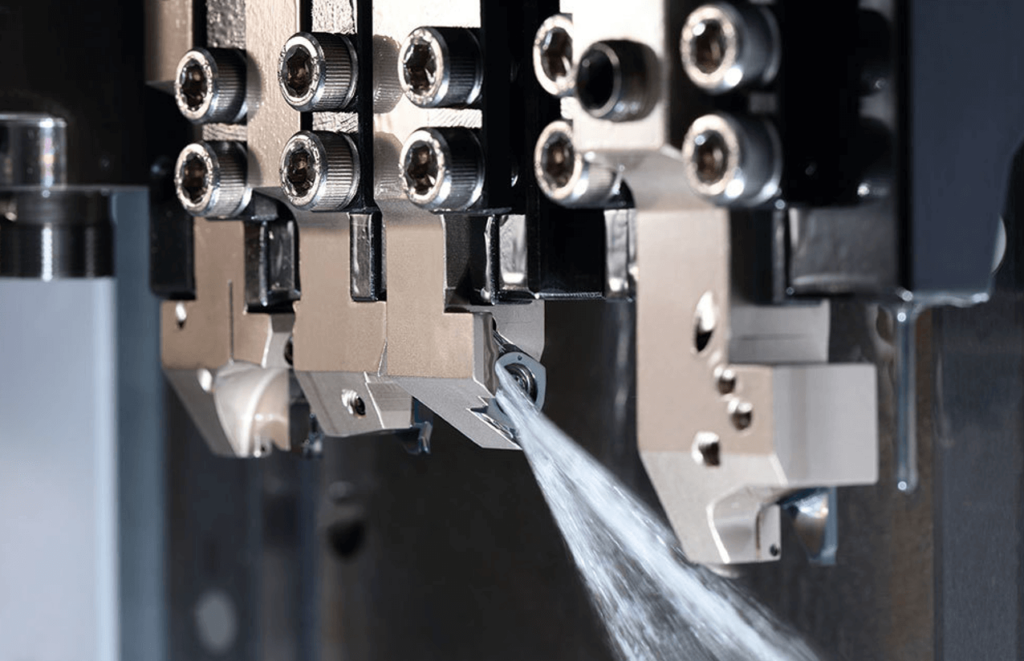
2.Types of Small Part Machining
Small part machining covers a wide range of techniques and processes. Some of the most common types include turning, milling, drilling and grinding.
Each method has its own unique benefits and is chosen based on the specific requirements of the component being manufactured. For example, turning is well suited for cylindrical parts, while milling is suitable for creating complex shapes and features.
3.Materials used in small parts machining
Small parts machining can be performed on a variety of materials, including metals, plastics, and composites. The choice of material depends on factors such as strength, durability, and conductivity.
Commonly machined materials include aluminum, stainless steel, brass, and titanium. Advanced materials such as carbon fiber and ceramics are also popular for their superior performance.
4.How to machine small parts
Small parts machining requires a systematic approach to ensure accuracy and efficiency. The process typically involves several steps, including design, programming, tooling, and quality control.
Advanced computer-aided design (CAD) software is used to create a 3D model of the component, which is then converted into machine instructions by computer-aided manufacturing (CAM) software. This programming data is used to control the machining equipment, ensuring precise and repeatable results.
Throughout the process, strict quality control measures are implemented to verify the accuracy and integrity of the finished component.
Machining small parts requires precision and attention to detail. Here are some simple instructions on how to machine small parts:
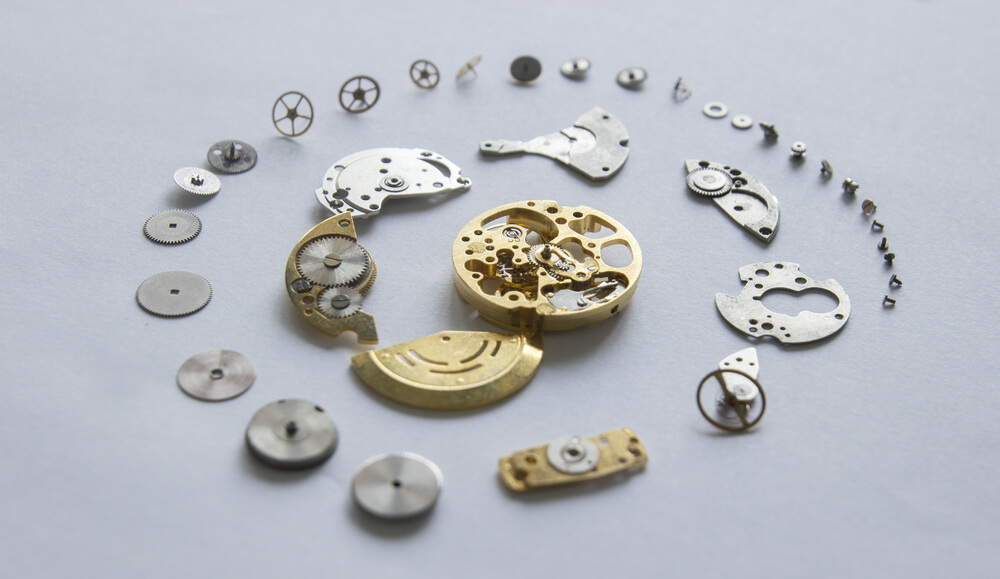
1) Design and Planning
Start by creating a detailed design of the small part using computer-aided design (CAD) software. Consider dimensions, tolerances, and material specifications. Plan the machining process, including the sequence of operations and the tools required.
2) Material Selection
Select the appropriate material based on the intended use and required performance of the small part. Common materials used for small part machining include metals such as aluminum, stainless steel, and brass, as well as plastics and composites.
3) Machine Setup
Prepare machining equipment such as a lathe, milling machine, or CNC machine tool as required for the small part. Securely mount the necessary cutting tools, fixtures, and clamps to ensure stability during machining.
4) Machine Setup
Set the machine tool parameters, including spindle speed, feed rate, and depth of cut. These parameters will vary depending on the material being machined and the specific operations being performed.
5) Machining Operations
Perform the necessary machining operations based on the design and machining plan. This may include turning, milling, drilling, or grinding, depending on the desired shape and features of the small part. Follow the cutting tool path and ensure that the tool is properly engaged to achieve precise results.
6) Tool Change and Adjustment
As the machining process progresses, you may need to change cutting tools or adjust machine settings. Take the necessary precautions to ensure safety and accuracy when changing tools and make adjustments to machine parameters as needed.
7) Quality Control and Inspection
Inspect small parts regularly during machining to ensure they meet the required dimensions and tolerances. Use measuring tools such as calipers, micrometers, and gauges to verify the accuracy of machined features. Make any necessary adjustments or corrections to maintain the required quality.
8) Finishing Operations
Once the machining operation is complete, perform any necessary finishing operations to achieve the desired surface finish. This may include deburring, grinding, polishing, or applying a protective coating.
9) Final Inspection and Packaging
Thoroughly inspect the machined small parts to ensure they meet all quality requirements. Remove any burrs or defects and clean the parts as needed. Finally, securely package the small parts to protect them during shipping or storage.
Remember that machining small parts requires precision, patience, and expertise. It is important to work with experienced machinists and utilize advanced machining equipment to ensure the highest quality results.
By working with a trusted small parts machining company like Xavier, you can benefit from their expertise and state-of-the-art facilities to achieve superior precision and accuracy in your small parts manufacturing process.
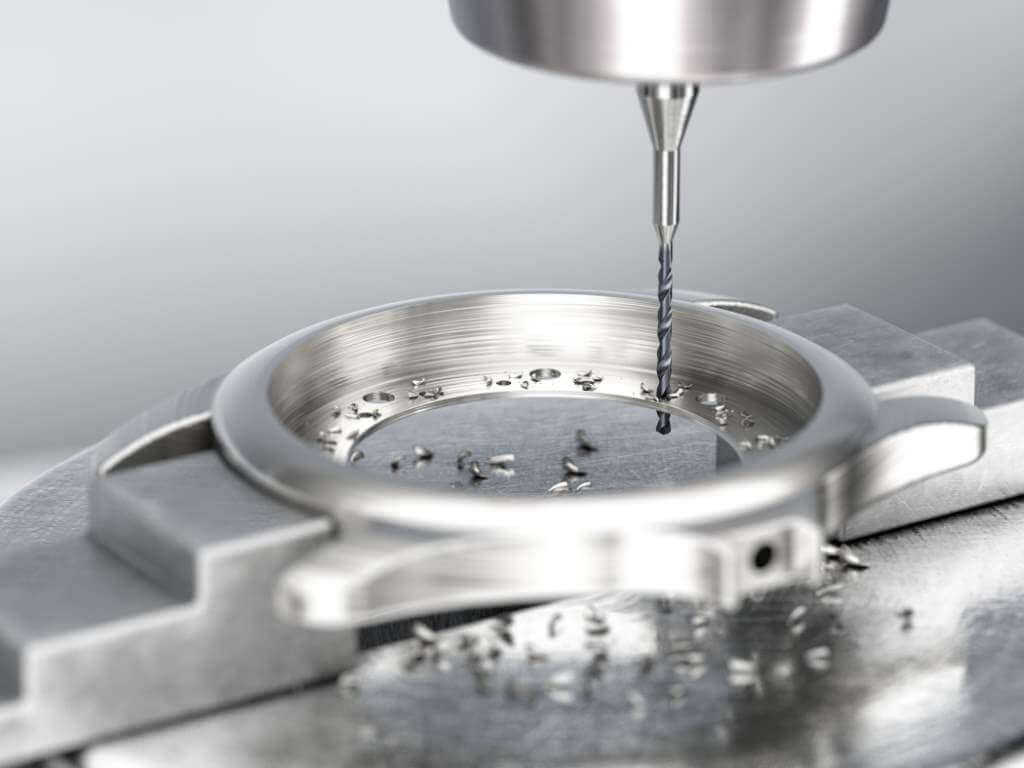
5.Surface Finishing of Small Parts
Surface finishes of small parts are an important aspect of the machining process as they not only enhance the appearance of the part but also affect its functionality and performance. Here are some common surface finishes used in small parts machining:
1) Smooth Finish
A smooth surface is achieved by removing any tool marks or imperfections on the surface of the part. This surface finish is usually achieved through a buffing or polishing process, resulting in a smooth and reflective surface.
2) Matt Finish
A matte finish is achieved by creating a fine texture on the surface of the part. This surface finish is usually achieved through a sandblasting or bead blasting process, resulting in a uniform, non-reflective surface.
3) Brushed Finish
A brushed finish is achieved by creating parallel lines or patterns on the surface of the part. This surface finish is usually achieved through a brushing or sanding process, resulting in a textured surface with visible brushing or sanding marks.
4) Anodizing
Anodizing is a process that creates a protective oxide layer on the surface of a part, resulting in a durable and corrosion-resistant surface. Anodized finishes can be dyed in a variety of colors for both aesthetic and functional purposes.
5) Powder coating
Powder coating is a process where a dry powder is electrostatically sprayed onto the surface of a component and then cured in an oven. This process creates a durable and decorative finish that resists chipping, scratching, and fading.
6) Electroplating finish
Electroplating is the process of depositing a thin layer of metal onto the surface of a component. Common electroplated finishes include chrome, nickel, and gold, which are both aesthetically pleasing and corrosion resistant.
It is important to select the appropriate surface finish based on the specific requirements of the component and its intended application. When selecting a surface finish for small parts machining, factors such as durability, corrosion resistance, and aesthetics should be considered.
Working closely with a trusted small parts machining company can help ensure that the selected surface finish meets your desired specifications and requirements.
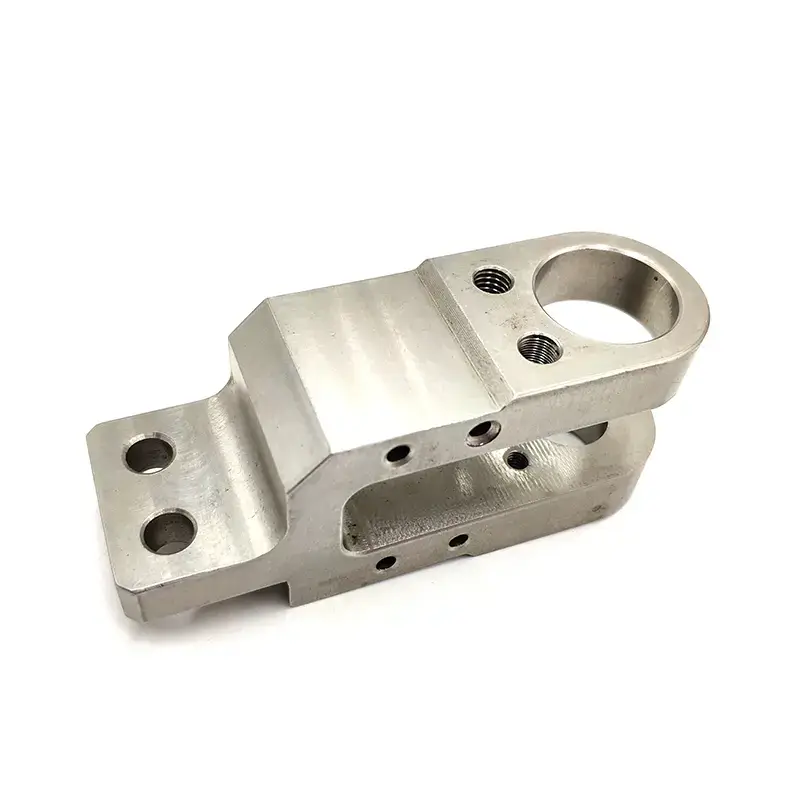
6.Benefits of small parts machining
Small parts machining offers numerous benefits to manufacturers across industries. Let’s explore some of the key benefits:
1) Improved Precision and Accuracy
Small parts machining enables manufacturers to achieve unparalleled precision and accuracy in the production of complex parts. With advanced equipment and technology, tight tolerances can be achieved, ensuring perfect fit and function.
This level of precision is critical in industries such as aerospace and electronics, where even the slightest deviation can have serious consequences.
2) Improved production efficiency and reduced delivery time
Small parts machining can speed up production cycles and reduce delivery times. With the ability to automate processes and optimize tool paths, manufacturers can streamline operations and achieve higher productivity.
This not only improves efficiency, but also speeds up the time to market for new products, providing companies with a competitive advantage in the market.
3) Cost-effectiveness and improved part-to-cost ratio
Contrary to popular belief, small parts machining is a cost-effective solution for manufacturers. While the initial investment in equipment and tooling may seem large, the long-term benefits outweigh the costs.
By achieving higher precision and reducing scrap rates, manufacturers can minimize material waste and optimize their per-part cost ratio.
In addition, the ability to produce complex components in-house eliminates the need to outsource, further reducing costs and ensuring quality control.
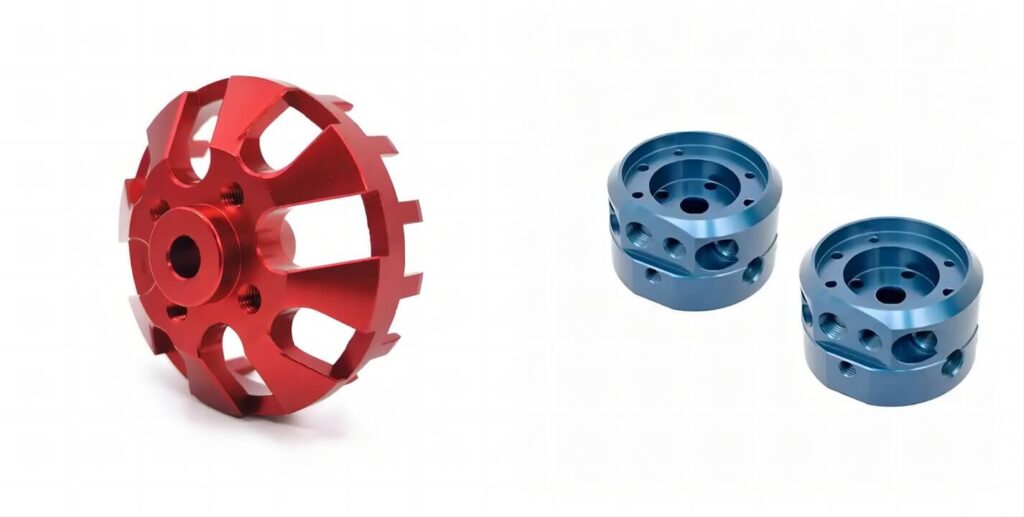
7.Limitations or challenges of small parts manufacturing
While small parts machining offers many advantages, there are also some limitations and challenges that manufacturers need to be aware of. Some of the key challenges include:
1) Size limitations and the need for specialized machinery
Small parts machining requires specialized machinery and equipment that can handle complex designs and tight tolerances. The size of the component can also pose challenges, as it may require micromachining techniques or specialized tools. Manufacturers need to invest in advanced machinery and stay up to date with the latest technologies to overcome these challenges.
2) Complexity of programming and tooling for complex designs
Creating complex components with complex designs requires advanced programming and tooling techniques. Programming data needs to account for multiple axes of motion and complex tool paths.
In addition, tools need to be carefully selected to ensure optimal performance and longevity. Manufacturers need skilled programmers and tooling experts to successfully navigate these complexities.
8.Quality Control and Inspection Process for Small Parts
Due to the size and complexity of small components, ensuring their quality and integrity can be challenging, requiring strict quality control measures to be implemented.
Such as dimensional inspection and surface analysis to verify component accuracy and functionality. Advanced inspection equipment, such as coordinate measuring machines (CMMs) and optical comparators, are used to perform these inspections.
9.Applications of Small Parts Machining
Small part machining is used in a variety of industries where precision and complexity are critical. Some of the key industries that benefit from small parts machining include:
1) Automotive Industry
In the automotive industry, small parts machining is used to produce engine components, injectors, sensors, and other critical parts. The ability to achieve tight tolerances and complex geometries ensures optimal performance and reliability.
2) Aerospace Industry
The aerospace industry relies heavily on small parts machining to manufacture complex components used in aircraft engines, navigation systems, and avionics. The ability to produce lightweight yet strong parts is essential to achieving fuel efficiency and safety.
3) Electronics Industry
In the electronics industry, small parts machining is essential for manufacturing small circuit boards, connectors, and other electronic components. The ability to produce high-precision parts ensures optimal functionality and reliability.
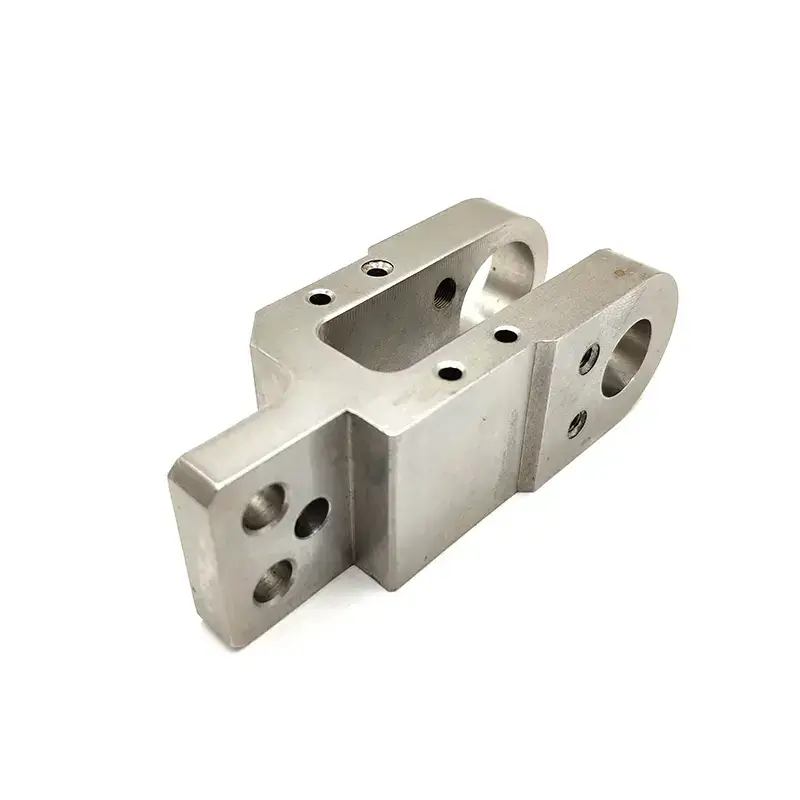
10.Frequently Asked Questions
1) Small Part Machining Tolerances
Tolerances play a critical role in small parts machining because they determine the allowable deviation from the required size. Tolerances for small parts machining can vary depending on factors such as material, design complexity, and functional requirements.
It is important to work closely with the manufacturer to define tolerances and ensure they meet the needs of a specific application. China TuoFa Tight Tolerance 0.01 mm (0.0004 in)
2) Small Parts Machining Technology
Small parts machining technology covers a variety of processes, including turning, milling, drilling, grinding, etc. The choice of technology depends on the specific requirements of the component and the desired results.
Skilled machinists and engineers use their expertise to select the most appropriate technology and optimize the process for maximum efficiency and accuracy.
3) Small Parts Machining Cost
The cost of small parts machining can vary depending on a variety of factors, including the complexity of the design, material selection, tolerances, and production volume. It is essential to work closely with the manufacturer to obtain an accurate cost estimate for a specific project.
China TuoFa offers competitive pricing for its small parts machining services, ensuring excellent value for money without compromising on quality.
In short, small parts machining plays a vital role in modern manufacturing, enabling the precise production of complex parts.
Whether you are in the automotive, aerospace or electronics industries, understanding the complexity of small parts machining is essential to achieving excellent quality and efficiency in the manufacturing process.
By working with a trusted and experienced company like Xavier, you can unlock the full potential of precision engineering and take your manufacturing capabilities to new heights. So, explore the world of small part machining and witness the transformative impact it can have on your business.
